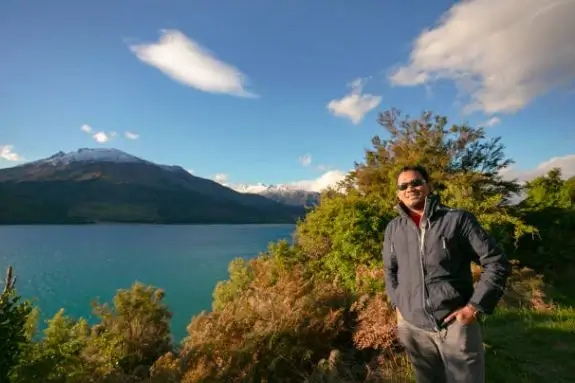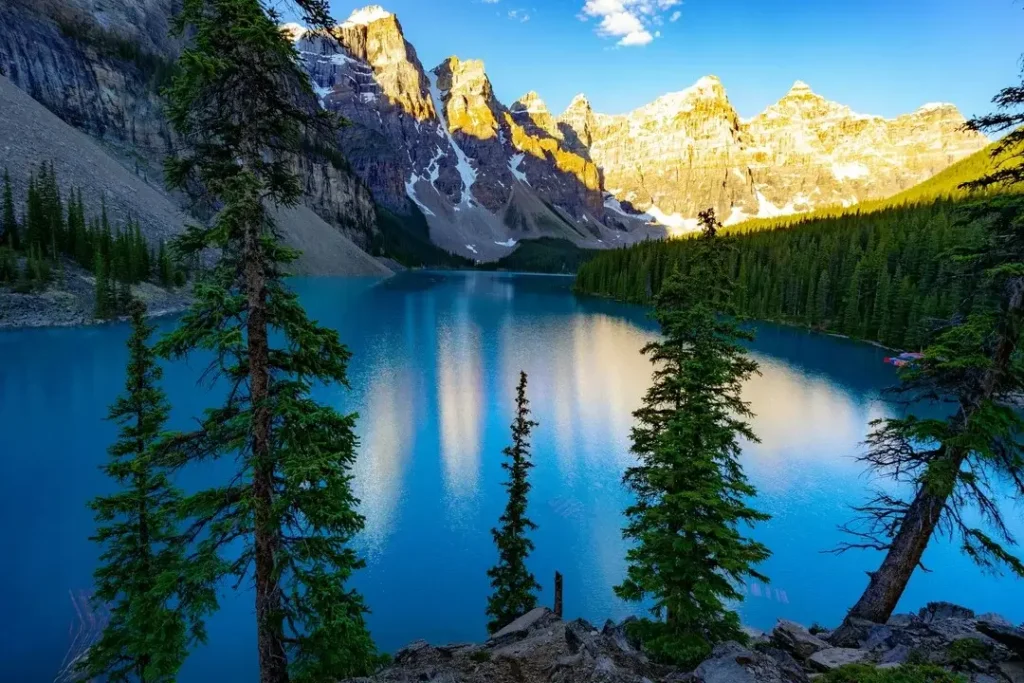Introduction: Nature is vast and diverse. All that is around us can be divided into categories. Knowledge of the types of natural elements enables people to have a better understanding of the world.
Natural resources are classified into two broad categories namely the living and the non-living. These categories describe how the nature of the world is. All of them have their own features and functions in the environment.
This knowledge can be useful in the conservation of the environment. This paper aims to discuss the various types of nature and their importance.
Two Types Of Nature
i) Living Nature:

Biological environment refers to all forms of life in the natural environment. The recognized forms include animals, plants, and other microorganisms. They are capable of growth, reproduction, and reaction to stimuli. Energy is one of the most important requirements for the existence of living organisms.
So they have certain interactions with their environment in one way or the other. Plants produce oxygen through photosynthesis. In this way, animals rely on plants for food and shelter. Microorganisms break down waste materials.
All of them are interrelated in one way or the other. This is because this category of types of nature is very important in the conservation of biological diversity.
ii) Non-Living Nature:

Non-living nature refers to objects that are not capable of life or are not alive. These include air, water, light, and stone. They are crucial for the survival of living organisms and are involved in various activities of life.
Without them, life cannot exist. The sun provides energy to the plants and thus the food chain. Water is essential in the support of all forms of life.
Rocks and soil are the physical factors that define the environment. Air is necessary for breathing. These are the second category of types of natural and help in maintaining ecological balance.
The Importance of Living and Non-Living Nature
It is important to note that both types of natural elements are important. All living organisms require the help of non-living things in order to survive. Sunlight and water are the two basic necessities for the growth of plants.
Food, air, and shelter are martial as far as animals are concerned. Soil and rocks which are non-living things provide shelter to plants. This balance is the reason why the ecosystem is sustained.
However, human beings have the ability to upset this balance. It is important to protect both types for the sustainability of the species. This paper aims to shed light on the various types of natural aids in conservation.
The Role of Living Nature in Ecosystems
Organisms have certain functions in ecosystems. Plants are primary producers. They convert sunlight into food. Herbivores are animals that feed on plant products while carnivores are those that feed on other animals.
Decomposers break down dead organisms. Each species has a purpose. Their interactions maintain ecological stability. This means that if one species is affected, then the others are also affected in one way or the other.
Biodiversity ensures a healthy planet. It is important to understand the significance of living components in types of nature for the purpose of environmental conservation.
The Significance of Non-Living Nature
Abiotic factors make up the other components of the ecosystems since they are non-living elements. Water is a necessity for all forms of life. The atmosphere provides oxygen. Soil helps plants grow. The rocks and minerals play a vital role in the formation of the landscape. Seasonal changes are determined by these elements. Without them, life would not be possible to live. They have control over climate,the creation of abodes, and the apportioning of resources.
Exploring various types of natural helps in the management of resources for sustainability. It is therefore important to note that non-living nature is as important as living nature.
How Humans Impact Both Types of Nature?

It is a fact that human beings have an impact on living and non-living nature in one way or the other. Pollutions occur through the polluting of air, water, and also the soil. Deforestation reduces biodiversity. Climate change alters natural patterns. Industrial waste contaminates ecosystems.
The following are the negative impacts of exploiting natural resources; Exploiting natural resources will deplete the reserves for natural resources as they will be used up more than they are replenished. Conservation efforts can reduce damage.
Some ways in which sustainability practices assist include the protection of forests, waste, and the utilization of renewable sources of energy. Knowledge of types of nature enables humans to make good decisions. Sustainability is the practice that is friendly to both the environment and the people.
Conservation of Living and Non-Living Nature
Conservation is important in order to maintain the balance of the ecosystems. Protecting forests preserves wildlife. Safeguarding pollution cuts water and air. Sustainable farming supports soil health. Recycling minimizes waste. Governments create policies for conservation.
People can contribute to the protection of the environment by changing their behavior in certain ways. Education is also a way of passing information to the public.
Education about types of nature helps to take appropriate actions. It is true that every effort counts towards the creation of a healthier environment.
Examples of Living and Non-Living Nature
Some of the examples of living nature are trees, birds, and bacteria. Trees provide oxygen and shade. Birds play a role of pollination and seed dispersal. Bacteria decompose waste materials. Some of the non-living things of nature are rivers, mountains, and air. Rivers support aquatic life. Mountains influence climate patterns.
Air is essential for respiration. Studying these elements in everyday practice allows us to comprehend types of nature better. All of them are interdependent in order to achieve equilibrium.
Conclusion:
Nature is a combination of living and non-living things in the environment. All of them have their own importance in supporting life. It is therefore important that there is a balance between them in order to sustain a healthy planet. People’s activity can interfere with it.
Both categories are protected through conservation. The knowledge of the types of nature fosters a sense of responsibility. It has been mentioned that even small actions can be very poignant in making a positive change in terms of the environment.
Conservation of nature is very important in order to maintain a balance in the future for the benefit of all. Education and awareness are the two most important factors that can help in making a change.



